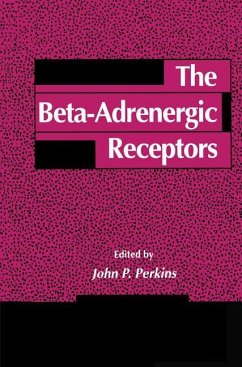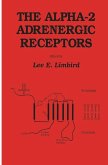Prior to 1974, the ~adrenergic receptors were known only in directly as entities that responded to drugs in a selective manner to mediate a variety of physiologically important responses. During the intervening years, our view of ~adrenergic receptors has changed dramatically. The availability of high affinity 125I-labeled radioligands selective for these receptors presaged an explosion of experimenta tion utilizing direct binding assays to establish the biochemical properties of the receptor protein. In the opening chapter, Stadel and Lefkowitz describe this development and its impact on our under standing of the molecular basis of ~adrenergic receptor function. The availability of well-characterized receptor ligands, coupled with the development of efficient methods for detergent solubilization, formed the basis of receptor purification using affinity chromatography. The related technique of photoaffinity labeling provided a means to estimate the molecular mass of these receptors. The availability of substantial amounts of purified ~2-adrenergic receptor allowed determination of segments of its amino acid se quence. This information led to the production of polynucleotide probes and eventually to cloning of the receptor gene and determi nation of the complete primary sequence of the receptor protein. Caron and Lefkowitz review the investigations leading to this major development and discuss the methods involved. They analyze our current perception of the relation of receptor function to its structure and discuss the general features of the G protein-interacting receptor family, of which the ~-adrenergic receptors are prototypes.








